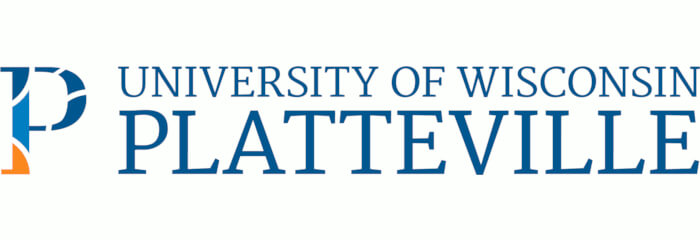There may be times when you are called on to audit the training program provided by outside vendors, internal trainers, and trainers seeking certification. It is actually possible to determine the degree of effective learning in a classroom, even if you are unfamiliar with the technical content or even the language in which the training is presented. In a later Tip, I will share my experience auditing masters degree courses at the University of Osijek in Croatia!
The audit process I use typically involves eight different methods to gather sufficient information to adequately evaluate a training program. I recommend that auditors:
- review all lesson plans and related materials prior to the audit;
- speak with the instructors, prior to the audit and during training breaks as time permits, regarding their objectives, teaching decisions, concerns and recommendations;
- observe the training process and methodology;
- observe the classroom activities;
- speak with the trainees, as time permits, regarding their perceptions of the content and process of training and their recommendations to retain or modify any portions of the training;
- review the handout materials and any examinations;
- review the examination results, if examinations are used; and
- check out concerns and discuss possible modifications with the instructors to get the benefit of their perceptions and recommendations.
It is important to keep in mind that the instructors are professionals who must be treated with respect. They need to feel that the audit process will be reasonable and fair, checking out all observations and assumptions and providing opportunities for the instructors to explain the rationale behind their instructional choices. It is best for all concerned if the auditor is positioned as a supportive peer coach rather than a stern judge.
This audit process is intended to encourage the instructors to: (1) become conscious of the instructional decisions that they make and (2) actively participate in a collaborative process with the auditor to improve the quality of those decisions.
For this reason, all audit recommendations and findings are discussed with the instructors prior to the issuance of the report. To the extent possible, the auditor should credit the instructors with authoring or proposing the recommendations. This enables them to retain their status as instructors concerned with providing optimal learning. In addition, their “co-author” attribution publicly and formally commits them to implementing the audit recommendations.





